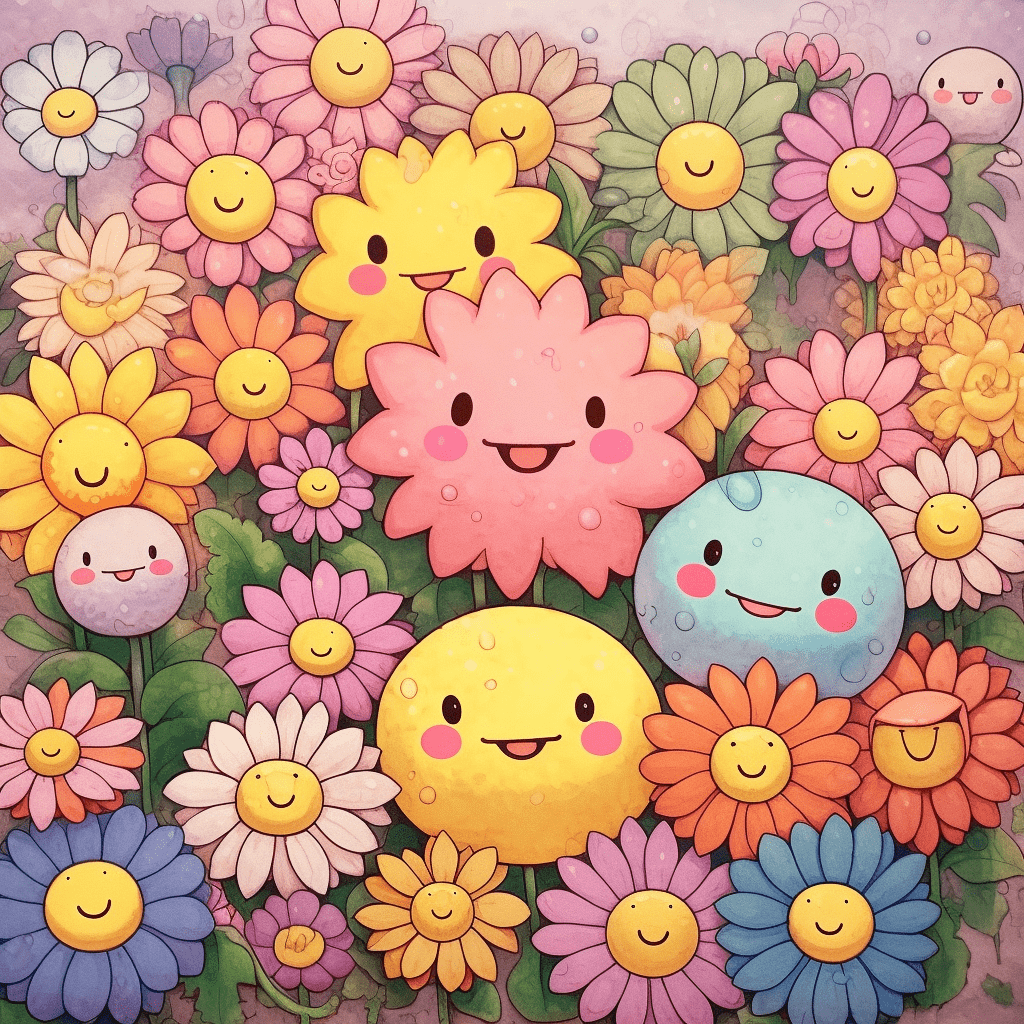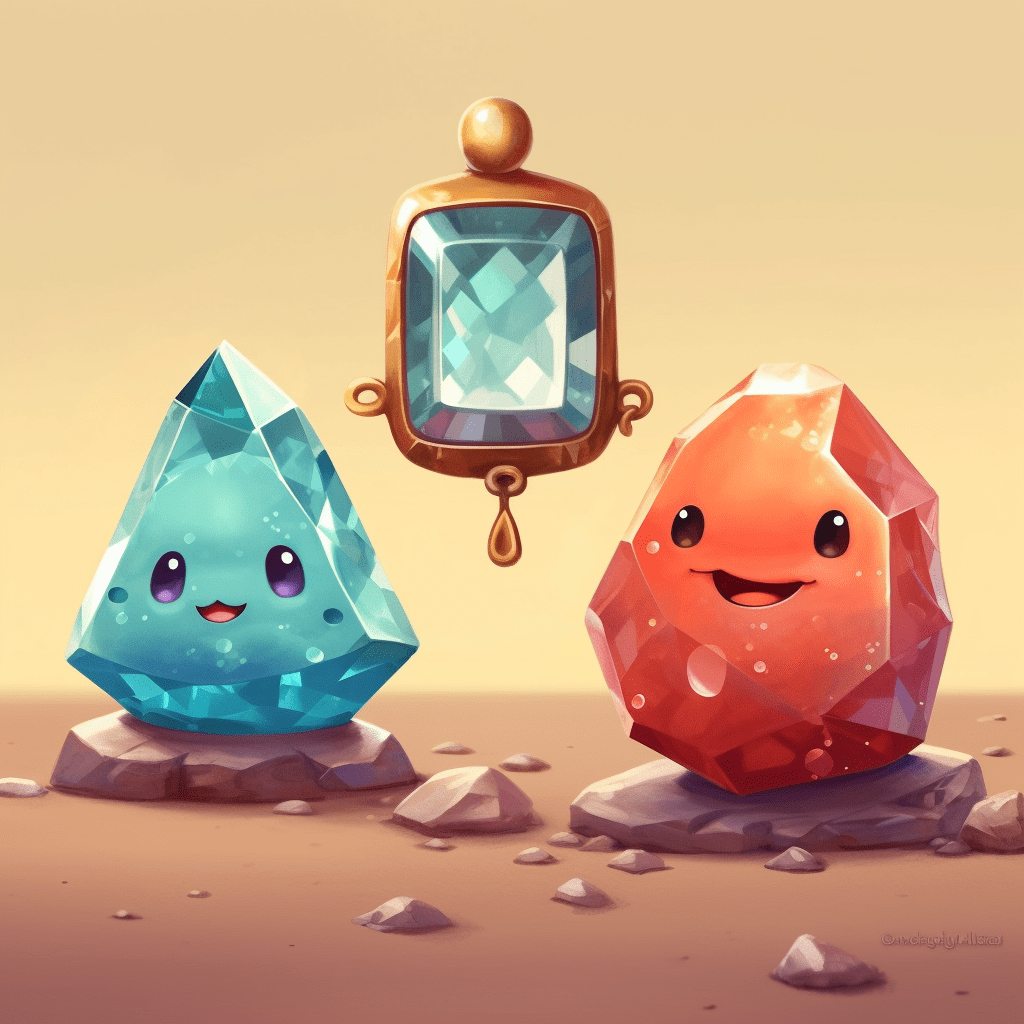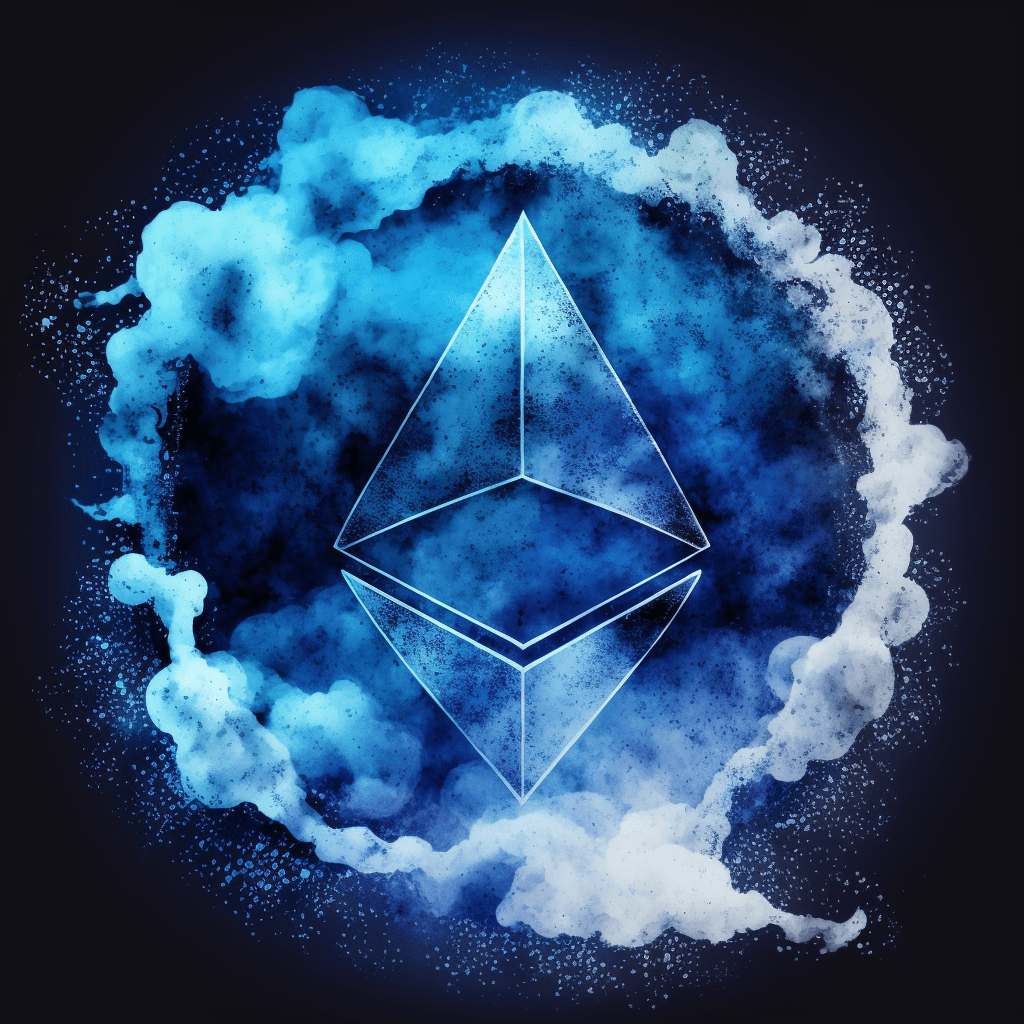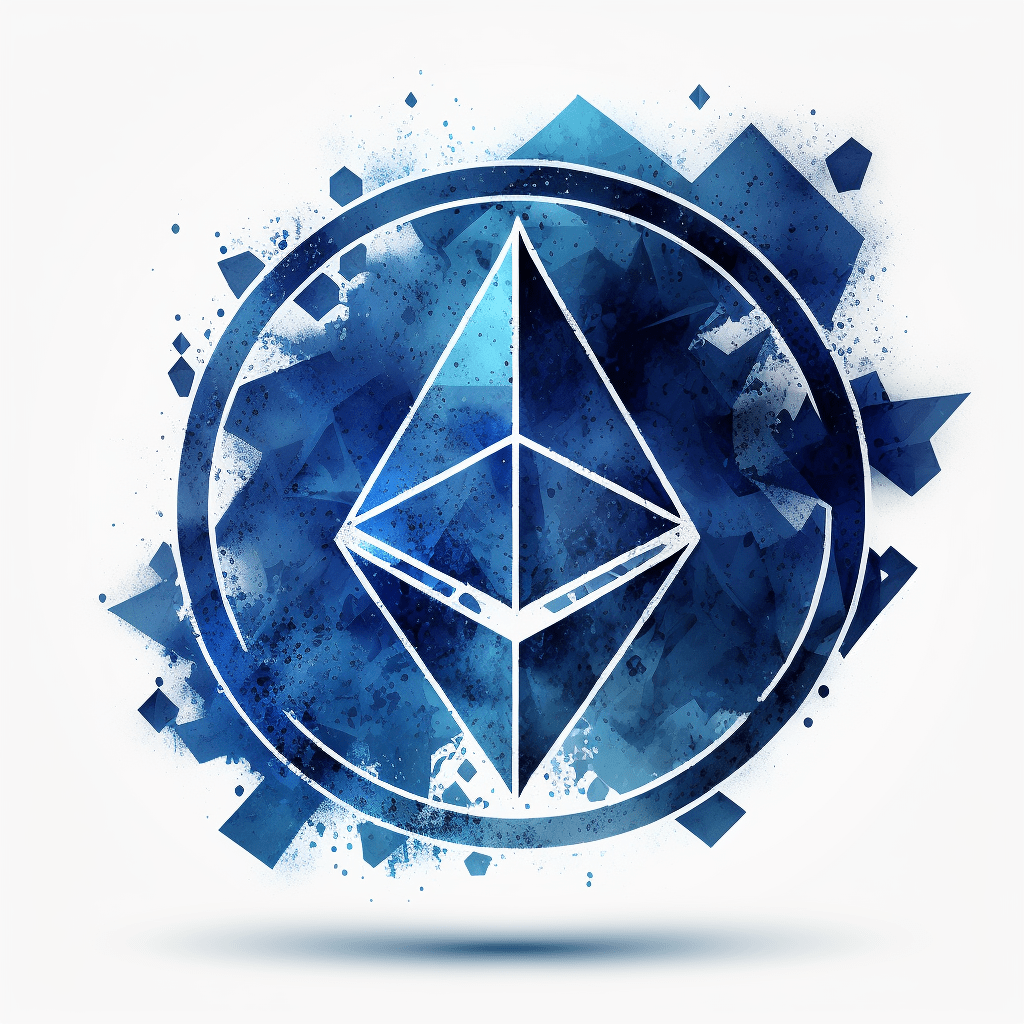The rise of web3, a decentralized internet powered by blockchain technology, has opened up a world of possibilities in various industries. One area that has seen significant growth and innovation is the world of digital art, primarily driven by the rise of non-fungible tokens (NFTs). NFT generator pads have emerged as essential tools for artists and collectors in this space, helping them create, monetize, and trade digital art in new and exciting ways. This article will explore the role of NFT generator pads in the web3 ecosystem, discussing their features, benefits, and potential future developments.

The emergence of NFT generator pads
NFT generator pads have become increasingly popular as the NFT market has expanded. These platforms provide a user-friendly interface that allows artists to create unique digital art and mint them as NFTs. In addition to making the NFT creation process more accessible, NFT generator pads often include built-in marketplaces where artists can sell their work directly to collectors, bypassing traditional art market intermediaries.
The benefits of NFT generator pads in the web3 ecosystem
NFT generator pads offer several advantages to artists, collectors, and the broader web3 community. Some of the most notable benefits include:
- Democratization of art creation and ownership: By simplifying the process of creating and minting NFTs, NFT generator pads lower the barriers to entry for artists and collectors. This enables a more diverse range of creators to participate in the digital art market, fostering greater creativity and innovation.
- Decentralization and disintermediation: Traditional art markets are often dominated by gatekeepers such as galleries, auction houses, and art dealers. NFT generator pads allow artists to bypass these intermediaries and directly connect with their audience, resulting in a more transparent and equitable market.
- Enhanced provenance and ownership tracking: The use of blockchain technology in NFT generator pads ensures that every transaction is recorded on a public, tamper-proof ledger. This provides a clear record of provenance and ownership, making it easier for collectors to verify the authenticity and value of their digital art acquisitions.
- New revenue streams for artists: NFT generator pads enable artists to monetize their work in novel ways, such as through the sale of limited editions, licensing agreements, and royalty payments on secondary market sales. These new revenue streams can provide a more sustainable income for creators, especially those operating outside the traditional art market.
- Interoperability and composability: One of the defining features of the web3 ecosystem is the ability to create and combine different decentralized applications (dApps) and protocols. NFT generator pads can integrate with other web3 platforms, such as decentralized finance (DeFi) applications or virtual reality environments, providing new opportunities for artists and collectors to engage with digital art.
Challenges and future developments

While NFT generator pads have made significant strides in transforming the digital art market, there are still challenges to be addressed and opportunities for future growth:
- Usability and user experience: As the web3 ecosystem continues to evolve, it is crucial for NFT generator pads to prioritize user experience and simplify the onboarding process for new users. This includes improving wallet integration, streamlining transaction processes, and providing comprehensive educational resources.
- Sustainability and environmental impact: The energy consumption of blockchain networks, particularly those using proof-of-work consensus mechanisms, has raised concerns about the environmental impact of NFTs. NFT generator pads can contribute to a more sustainable web3 ecosystem by adopting more energy-efficient technologies or implementing carbon offset initiatives.
- Copyright and intellectual property issues: Protecting artists’ rights and preventing unauthorized use of their work remains a pressing issue in the NFT space. NFT generator pads should develop robust systems for verifying the originality of artworks and safeguarding intellectual property rights to maintain trust and credibility in the market.
- Integration with other web3 platforms and technologies: As the web3 ecosystem continues to grow, NFT generator pads can benefit from exploring new partnerships and integrations with other platforms and technologies. This may include collaborating with decentralized storage solutions, integrating with social media platforms, or exploring cross-chain functionality to enhance the overall user experience.
Embracing the potential of NFT generator pads

As the web3 ecosystem continues to evolve, NFT generator pads hold immense potential to reshape the way artists create and monetize their work and how collectors engage with digital art. By addressing the challenges and capitalizing on the opportunities for growth and innovation, NFT generator pads can play a pivotal role in driving the adoption of decentralized technologies and fostering a more equitable and sustainable art market.
